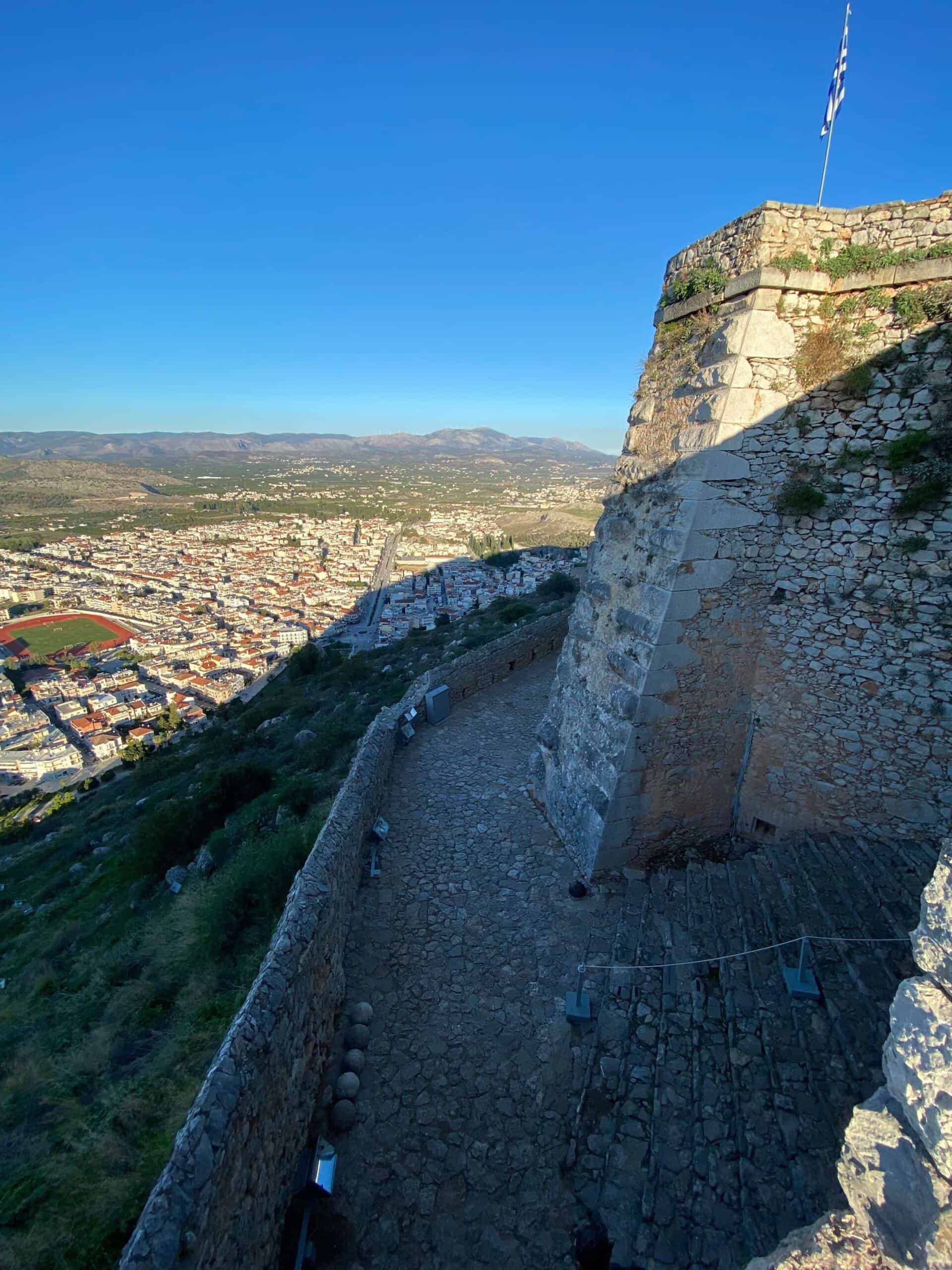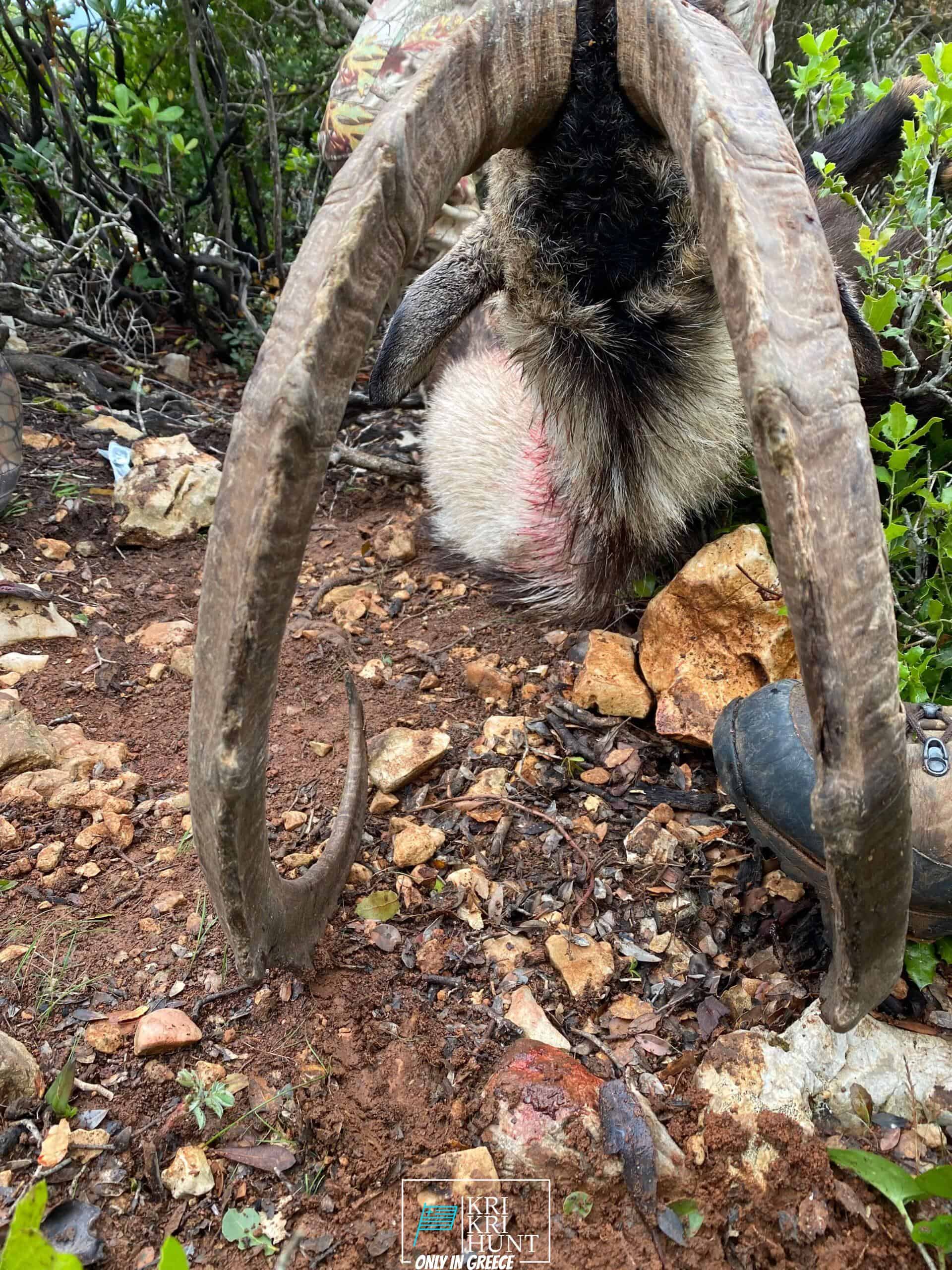
To many individuals, The Peloponnese peninsula on the Greek Mainland is the 'actual' Greece, where things have actually not altered much in all over the centuries although that lots of people have actually uncovered it. If you are looking for a genuine Greek outdoor experience, look no more than the Peloponnese! Below you can diving and searching on unique islands and also touring at the same time.

This Ibex is NOT a diminutive form of the Bezoar Ibex, which has migrated right into the western-most reach of the variety of this varieties. The kri-kri (Capra aegagrus cretica), additionally called the Cretan goat, Agrimi, or Cretan Ibex, is a native goat types living in the eastern Mediterranean, which was once thought to be a subspecies of wild goat. This kri-kri is a feral goat with a light brownish coat with a dark collar. They have two sweeping horns on their heads. Throughout the day, they relax as well as prevent site visitors, avoiding travelers. The kri-kri can leap a long way or scale seemingly upright high cliffs.
On our Peloponnese tours, you'll get to experience all that this remarkable region needs to provide. We'll take you on a trip of a few of the most historic and lovely websites in all of Greece, consisting of old ruins, castles, and extra. You'll likewise get to experience a few of the conventional Greek society firsthand by delighting in several of the tasty food as well as red wine that the area is recognized for. As well as obviously, no trip to Peloponnese would certainly be total without a dip in the gleaming Mediterranean Sea! Whether you're an experienced seeker searching for a brand-new journey or a novice tourist simply looking to discover Greece's sensational landscape, our Peloponnese trips are excellent for you. What are you waiting for? Schedule your journey today!
If you are searching for Kri Kri ibex hunt and also memorable vacation destination, look no further than the Sapientza island in Greece. With its sensational natural appeal, tasty food, as well as rich culture, you will certainly not be dissatisfied. Reserve one of our searching as well as touring Peloponnese Tours from Methoni today, dot forget your prize Kri Kri ibex!
What is the diference between Kri Kri ibex, Bezoar ibex and hybrid ibex
The kri-kri is not thought to be indigenous to Crete, most likely having been imported to the island during the time of the Minoan civilization. Nevertheless, it is found nowhere else and is therefore endemic to Crete. It was common throughout the Aegean but the peaks of the 8,000 ft (2,400 m) White Mountains of Western Crete are their last strongholds–particularly a series of almost vertical 3,000 ft (900 m) cliffs called ‘the Untrodden’—at the head of the Samaria Gorge. This mountain range, which hosts another 14 endemic animal species, is protected as a UNESCO Biosphere Reserve. In total, their range extends to the White Mountains, the Samaria National Forest and the islets of Dia, Thodorou, and Agii Pandes.
This Ibex is NOT a diminutive form of the Bezoar Ibex, which has migrated into the western-most reach of the range of this species. The kri – kri (Capra aegagrus cretica), sometimes called the Cretan goat, Agrimi, or Cretan Ibex, is a feral goat inhabiting the Eastern Mediterranean, previously considered a subspecies of wild goat. The kri-kri has a light brownish coat with a darker band around its neck. It has two horns that sweep back from the head. In the wild they are shy and avoid tourists, resting during the day. The animal can leap some distance or climb seemingly sheer cliffs.
“The agrimi goat Capra aegagrus cretica is unique to Crete and its offshore islands. It has been identi®ed as a sub-species of the wild bezoar goat Capra aegagrus aegagrus Erxleben, 1777, which it closely resembles in horn shape, body form and coloration. This classi®cation has been disputed by some researchers who claim that the agrimi are feral goats, derived from early domestic stock brought to the island by the ®rst Neolithic settlers. In order to clarify this issue, DNA analyses (cytochrome b and D loop sequences) were carried out on tissue of live and skeletonized agrimi and compared to sequences of wild and domestic caprines. Results conclusively show the agrimi to be a feral animal, that clades with domestic goats (Capra hircus) rather than with wild Asiatic bezoar. This study demonstrates that morphometric criteria do not necessarily re¯ect genetic af®nities, and that the taxonomic classi®cation of agrimi should be revised.”